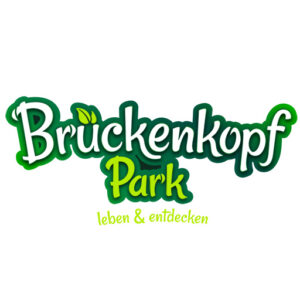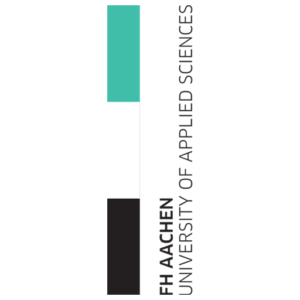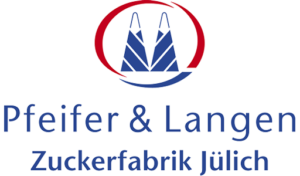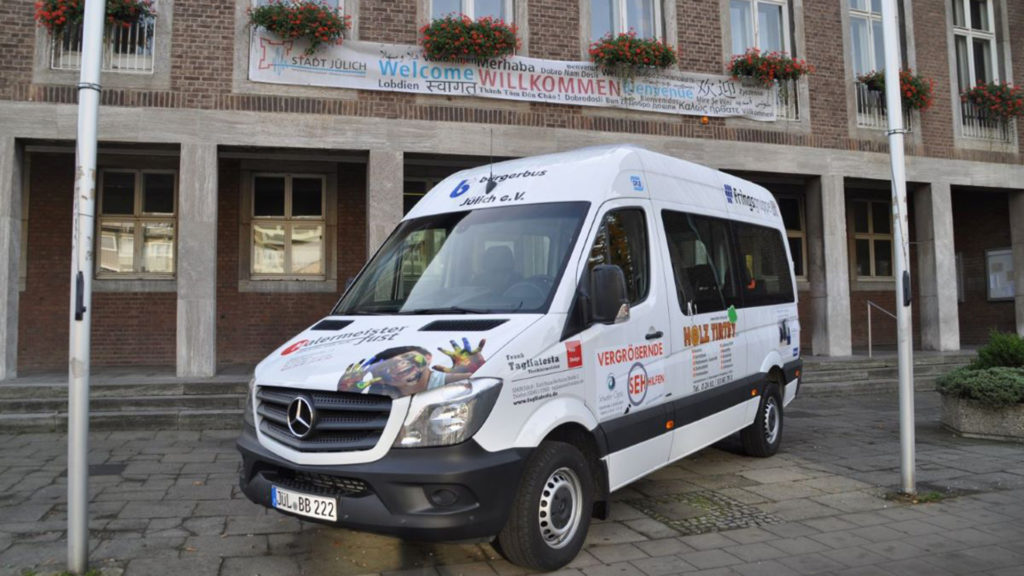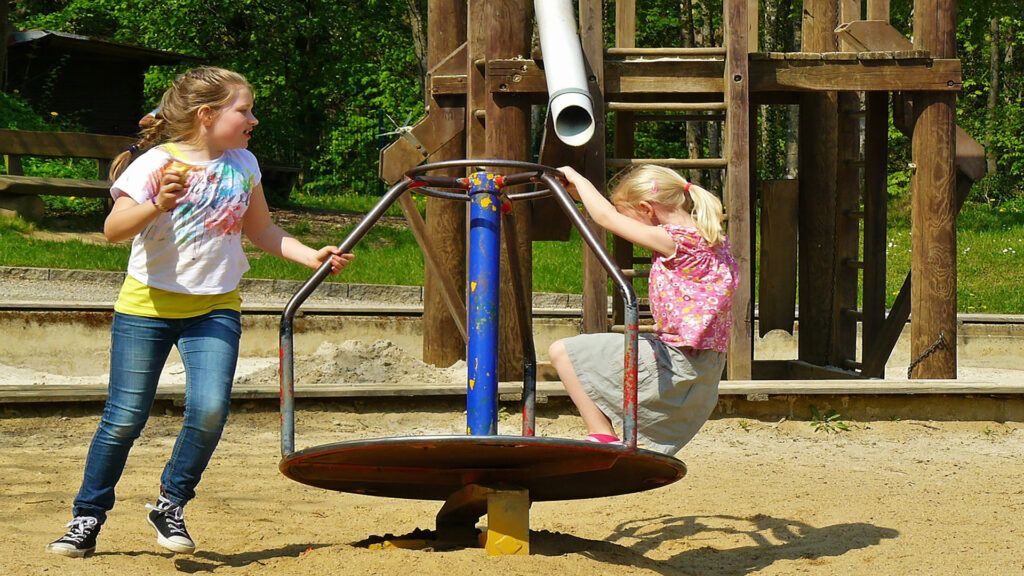Jülich, a city with a fascinating history, has overcome numerous challenges over the centuries. The struggles against the supremacy of the Cologne archbishops lasted nearly 100 years, leading to destruction and captives. Nevertheless, Jülich was able to secure its independence and experienced a period of growth and territorial expansion.
In the 16th century, Jülich was transformed into a Renaissance city, thanks to the Italian architect Alessandro Pasqualini. His planning and the construction of fortifications based on the latest knowledge of the time shaped the city’s appearance for the next 300 years. Over time, the fortress was expanded and enhanced, but it later lost significance. In World War II, Jülich was heavily destroyed, but thanks to the urban redevelopment plans of René von Schöfer, the city was able to present a comprehensive reconstruction concept as one of the first in the Rhineland. The historical city layout and its characteristic appearance were preserved, and the Pasqualini old town has been under monument protection since 1993. Today, Jülich is not only a place with a rich history but also a vibrant center of learning and culture. The citadel houses a gymnasium and the City History Museum, which offers visitors insights into the city’s history through guided tours. Jülich is a place that honors its past while looking towards the future. The post-war reconstruction and the protection of its historical heritage are testaments to the city’s commitment to its identity and its residents.The 11 Most Important History Facts.
1. Jülich is mentioned by the historian Ammianus Marcellinus by name.
2. Bernard of Clairvaux preaches in Jülich for the Crusade; the Jülich church is expanded.
3. The elevation of the Margraviate of Jülich (since 1336) to a Duchy (Duke William I).
4- 1547
In Jülich, there are three city foundations mentioned: The second city foundation was born from fire, specifically when the entire city of Jülich was engulfed in flames in 1547. The space that was freed up was designed by Alessandro Pasqualini on the drawing board. Today, the largest ideal city layout of the Renaissance north of the Alps is protected as a historic monument.
The foundation stone for the construction of the citadel, as part of the city’s reconstruction under Duke William V, was laid in 1549 by the Italian architect Alessandro Pasqualini.
Young adult author and historian Günter Bentele wrote the book ‘Flammennacht,’ published in 2011, which revolves around the event of the city fire.
5- In 1650, Jülich became a pilgrimage site.
The legend has it that the bones of Christina of Nideggen arrived at the collegiate church in Jülich on June 22, 1586, in a cart drawn by donkeys but with no coachman. In 1908, Christina of Stommeln was beatified by Pope Pius X. During the destruction of Jülich on November 16, 1944, the shrine containing Christina’s relics remained intact.
In 2012, a large exhibition was dedicated to the Blessed on the 700th anniversary of her death in Jülich, and a cast replica of her skull was created based on a computed tomography scan. Constanze Niess used this model to give the Blessed a face after 700 years.
https://www.herzog-magazin.de/magazin/geschichten/mystikerin-und-selige/
6- “On September 11, 1804, Napoléon Bonaparte visited the city to learn about the progress of the work on the fortress and laid the foundation stone for the unfinished forts on the Merscher Höhe. However, after the collapse of Prussia in 1806, the expansion plans were significantly reduced in favor of the enlargement of Wesel, which had fallen to France. Napoléon visited Jülich a second time with his wife on November 7, 1811. 7- In the early morning hours of February 23, 1945, U.S. ground troops began their advance across the Rur near Jülich. On February 24, the citadel fell into American hands, marking the liberation of the city of Jülich from the Nazi dictatorship. Just two days later, on February 26, 1945, British Prime Minister Winston Churchill visited Jülich at the invitation of American General Simpson. A photo taken in front of the citadel gained worldwide attention, appearing in the press, including in the March 19, 1945, issue of ‘LIFE’ magazine. Aware of the high symbolic value of the Jülich citadel, Churchill posed for a photograph as a victor in front of the city-side portal, much like princes and princesses in the 17th century who had themselves depicted as victorious military leaders with the Jülich fortress in the background. 8- The founding date of the institution is considered to be the state parliament resolution of December 11, 1956; it was named ‘Kernforschungsanlage Jülich’ in 1961. Initially, it was established as a registered association (e.V.), and in 1967 it was converted into a GmbH. As other research areas increasingly overshadowed nuclear research over the years, the name was changed to ‘Forschungszentrum Jülich GmbH’ in 1990.
The establishment of the ‘KFA’ is of great significance for urban planning: The northern district has developed into a new city quarter where 120 nationalities now reside.
9- 2000 years of Jülich – 750 years of city rights in 1988.
With a history spanning 2000 years, Jülich is one of the oldest cities in Germany. It was founded by the Romans at the end of the first century B.C. near a ford of the Rur, along the Roman military road from Cologne on the Rhine to Boulogne-sur-Mer on the Atlantic coast, as ‘Juliacum.’ In the 4th century, it was fortified by a castle, and the layout of this castle can still be traced around the present marketplace.
For the city’s anniversary, Jülich celebrated with a grand parade and performances.
Photos from the city archive – Marga Kessler von den Heuvel – book after the festive parade.
10- The 2007 Nobel Prize in Physics goes to Jülich’s Professor Grünberg.
Long awaited and now it has arrived: The Nobel Prize for the highly decorated solid-state physicist Professor Peter Grünberg from the Jülich Research Center.
The honor now awarded—shared with his colleague Albert Fert from the University of Paris for the independent discovery of the same phenomenon—dates back 20 years: In the 1980s, the physicists discovered giant magnetoresistance, abbreviated as GMR. This phenomenon is the basis for the development of gigabyte hard drives, which are now used in every PC. Together with Albert Fert, Grünberg laid the foundation for the future technology of spintronics.
In 1997, the first GMR read head for computer hard drives hit the market. The GMR effect has long since found worldwide application in improved read heads for hard drives, video tapes, and MP3 players. Peter Grünberg was awarded the Federal President’s Future Prize in 1998 and the European Commission’s Inventor Prize in 2006 for these achievements.
11- 2018 fiel in einer Versammlung der Startschuss zum Brainergy-Park.
The three partner municipalities of Jülich, Niederzier, and Titz, along with the district of Düren, are developing an innovative specialized area of approximately 7 hectares within the 52-hectare intermunicipal industrial park Brainergy Park Jülich. This area will primarily focus on the themes of ‘New Energies’ and ‘Energy Transition.’
In 2015, the project was initially launched under the title ‘Campus Merscher Höhe.’



